I've the following sample html, there is a DIV which has 100% width. It contains some elements. While performing windows re-sizing, the inner elements may be re-positioned, and the dimension of the div may change. I'm asking if it is possible to hook the div's dimension change event? and How to do that? I currently bind the callback function to the jQuery resize event on the target DIV, however, no console log is outputted, see below:


<html>
<head>
<script type="text/javascript" language="javascript" src="http://code.jquery.com/jquery-1.6.1.min.js"></script>
<script type="text/javascript" language="javascript">
$('#test_div').bind('resize', function(){
console.log('resized');
});
</script>
</head>
<body>
<div id="test_div" style="width: 100%; min-height: 30px; border: 1px dashed pink;">
<input type="button" value="button 1" />
<input type="button" value="button 2" />
<input type="button" value="button 3" />
</div>
</body>
</html>